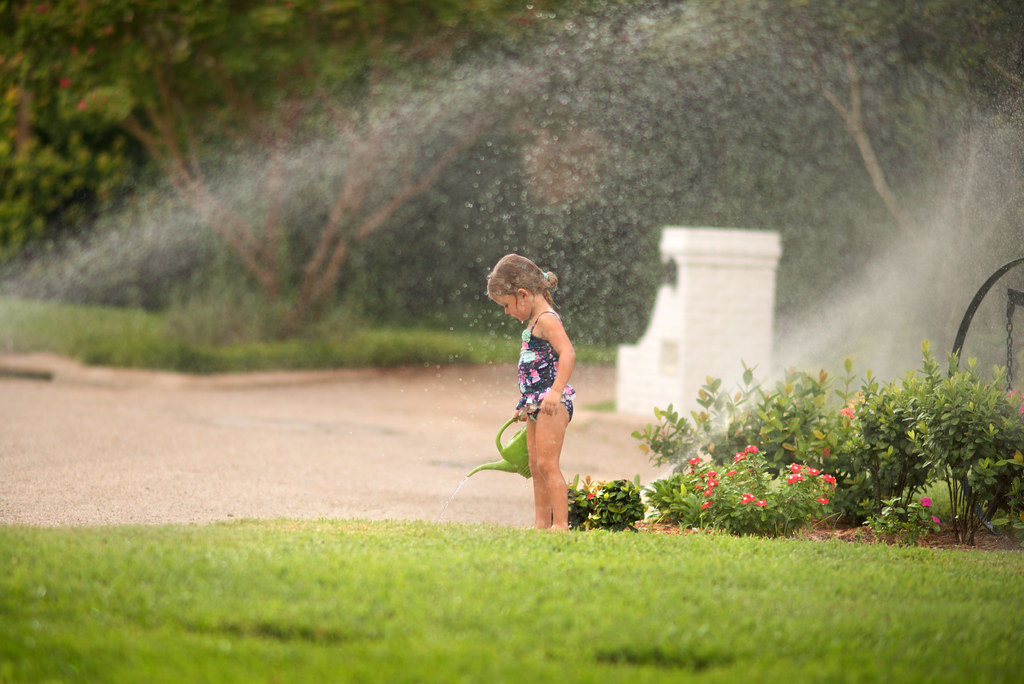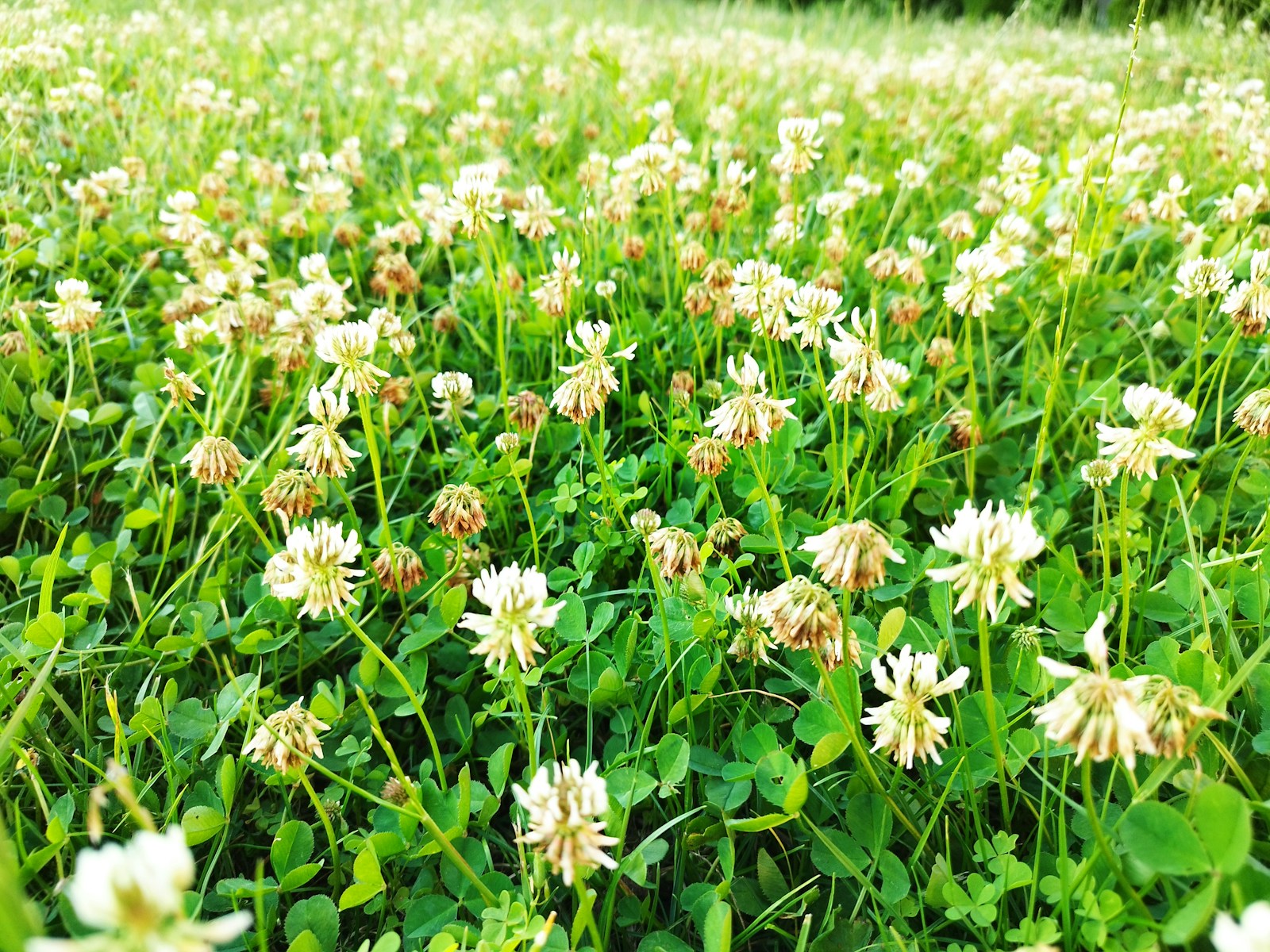Maintaining a thriving lawn in warmer climates requires understanding the specific needs of warm-season grasses. These grasses, including Bermuda, Zoysia, and St. Augustine, flourish during the hot summer months and have distinct watering requirements throughout the year. This guide will walk you through the best lawn watering schedule by season for warm-season lawns, ensuring healthy, green turf all year long.
What Are Warm-Season Lawns?
Warm-season grasses grow best in regions with hot summers and mild winters, such as the southern United States. Common types include:
- Bermuda Grass: Highly drought-tolerant and thrives in sunny areas.
- Zoysia Grass: Dense and slow-growing, ideal for lawns with moderate shade.
- St. Augustine Grass: Prefers humid climates and offers excellent shade tolerance.
These grasses enter dormancy during cooler months and grow actively in temperatures ranging from 80°F to 95°F.
Why Adjust Your Watering by Season?
Warm-season grasses have specific needs during each season due to changes in temperature, precipitation, and growth cycles. Tailoring your watering schedule ensures:
- Better drought resistance
- Healthier root systems
- Reduced water waste
- Prevention of lawn diseases
Spring Lawn Watering Schedule
Spring marks the beginning of active growth for warm-season grasses. Proper watering encourages strong roots and prepares your lawn for the hotter months ahead.
How Often Should You Water in Spring?
- Frequency: 1-2 times per week
- Amount: Apply 1 inch of water per session (including rainfall)
Best Practices:
- Monitor soil moisture regularly. If the top 2-3 inches feel dry, it’s time to water.
- Water early in the morning (6-9 a.m.) to minimize evaporation and fungal risks.
- Begin fertilizing as grass transitions from dormancy.
Common Mistakes:
- Watering too early: Wait until the lawn starts greening up.
- Overwatering: Excessive moisture can lead to shallow roots and weed growth.
Summer Lawn Watering Schedule
Summer is the peak growing season for warm-season lawns. Proper watering is crucial to help your grass withstand heat and drought.
How Often Should You Water in Summer?
- Frequency: 2-3 times per week
- Amount: 1-1.5 inches of water per week (including rainfall)
Best Practices:
- Water deeply and infrequently to encourage deep root growth.
- Adjust your schedule based on drought conditions and local watering restrictions.
- Use mulch or grass clippings to retain soil moisture and reduce evaporation.
Common Mistakes:
- Frequent, shallow watering: Leads to weak roots and a stressed lawn.
- Ignoring signs of drought stress: Look for grass blades curling or footprints that linger.
Fall Lawn Watering Schedule
As temperatures cool, warm-season grasses begin to slow their growth. Adjust your watering schedule to match their reduced water needs.
How Often Should You Water in Fall?
- Frequency: 1 time per week
- Amount: 0.5-1 inch of water per session
Best Practices:
- Gradually reduce watering frequency as temperatures drop.
- Aerate your lawn to improve water penetration and root health.
- Water deeply to prepare the grass for dormancy.
Common Mistakes:
- Overwatering: Excess moisture can lead to fungal diseases as grass growth slows.
- Stopping watering too early: Grass still needs water until it enters full dormancy.
Winter Lawn Watering Schedule
During winter, warm-season grasses go dormant in most climates, requiring minimal watering. However, dry winter conditions may necessitate occasional hydration.
How Often Should You Water in Winter?
- Frequency: Only during prolonged dry spells (3-4 weeks without rainfall)
- Amount: Light watering of 0.5 inches
Best Practices:
- Water on warm, above-freezing days to avoid soil compaction or ice formation.
- Focus on preventing complete soil dryness to protect root systems.
Common Mistakes:
- Overwatering: Dormant grass does not need regular irrigation.
- Ignoring winter drought: Prolonged dryness can weaken grass roots.
Tips for Efficient Lawn Watering
- Invest in a Smart Irrigation System: Automate watering based on weather conditions.
- Use a Rain Gauge: Measure weekly rainfall to adjust your schedule.
- Group Plants by Water Needs: Reduce overwatering by zoning areas with similar requirements.
- Improve Soil Quality: Add organic matter to enhance water retention.
Case Study: Houston, Texas
In Houston, where summers are hot and humid, a local homeowner optimized their watering schedule:
- Spring: Watered once weekly, ensuring 1 inch of water, including spring rain.
- Summer: Watered deeply twice weekly to combat the Texas heat.
- Fall: Reduced to once weekly as temperatures cooled.
- Winter: Monitored rainfall and watered once during a December dry spell.
This approach saved water while maintaining a healthy, green lawn year-round.
Environmental Considerations
- Conserve Water: Opt for drought-tolerant warm-season grass varieties.
- Prevent Runoff: Water slowly to avoid waste.
- Protect Local Ecosystems: Overwatering contributes to water pollution through runoff.
Final Thoughts
A well-planned lawn watering schedule by season is the secret to maintaining a beautiful warm-season lawn. Tailor your watering practices to seasonal needs, and you’ll enjoy vibrant, healthy grass while conserving water and reducing maintenance costs.



